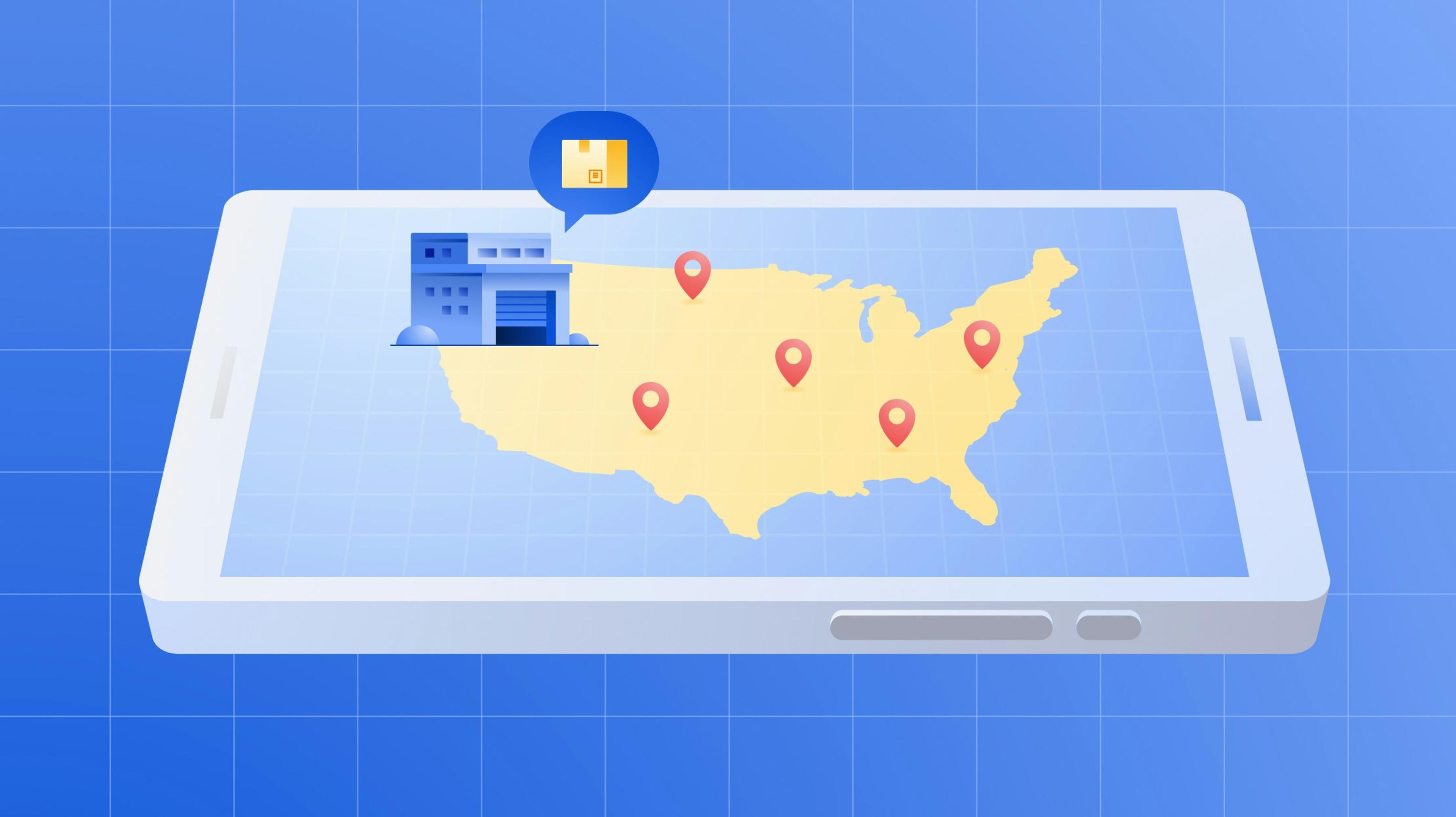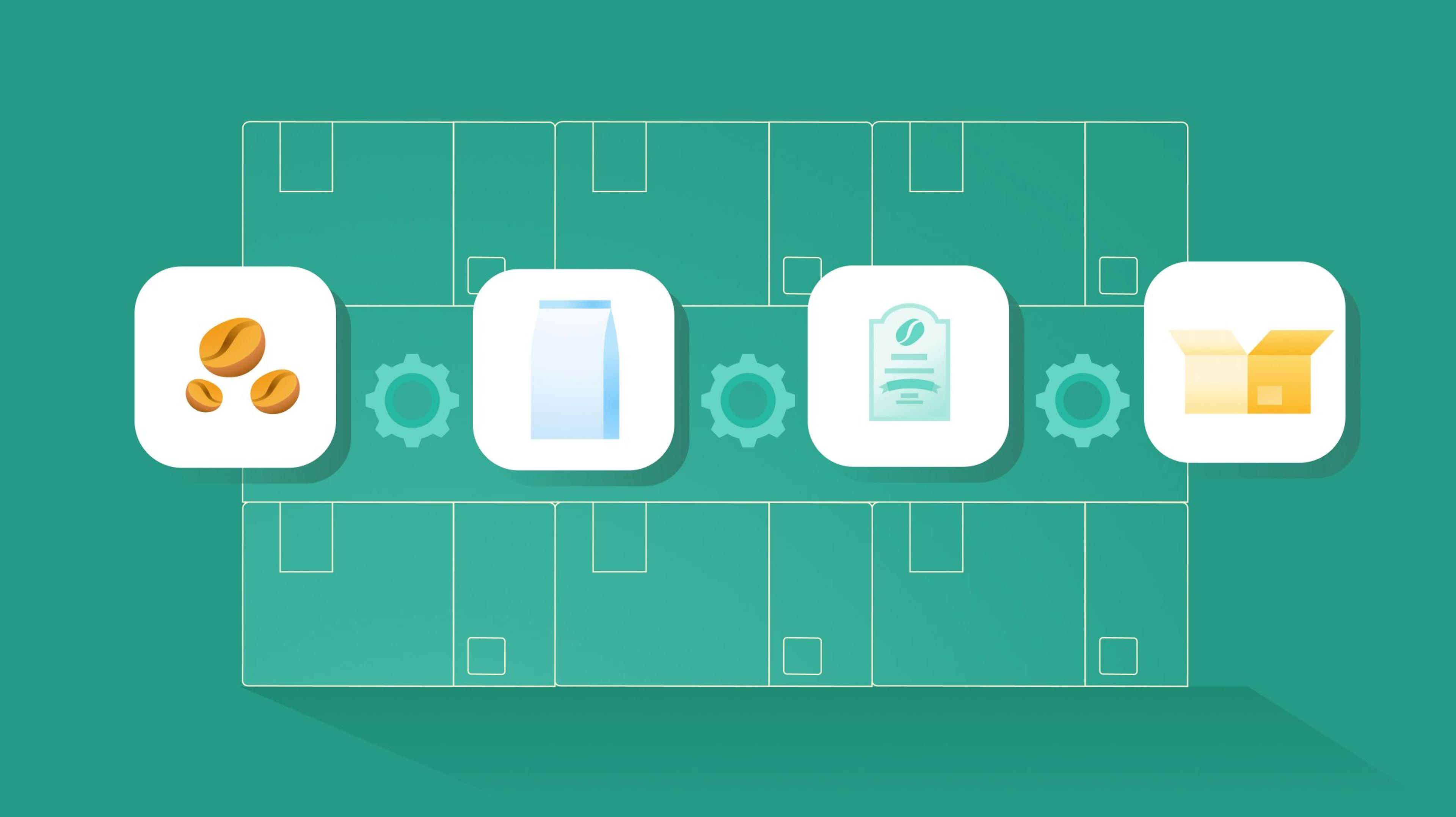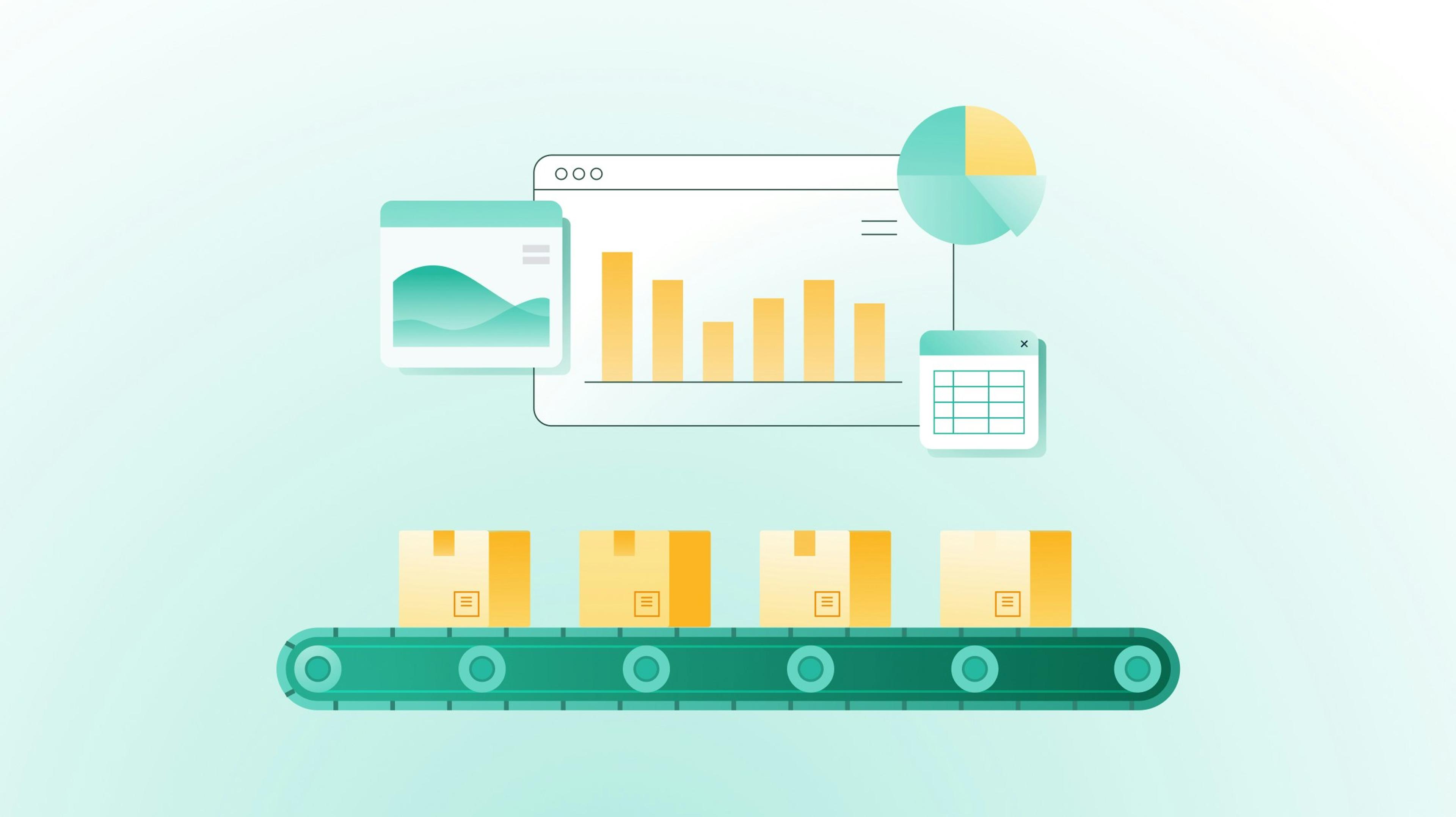Inventory Forecasting 101: Types, Best Practices, & Benefits

Trust Circuit for Teams for the last-mile delivery aspect of your inventory management system and deliver goods to customers quickly and easily.
Whatever your business type or size, anything involving selling products should include regular inventory forecasting. This refers to the process of calculating how much inventory you need in stock so you can fulfill customer orders in the future.
That doesn't mean you need to have a crystal ball. Inventory forecasting is done by predicting how much product you'll sell in a set period based on information like market trends and past sales data.
Done right, inventory forecasting can help you make sure you always have enough product on hand to avoid inventory shortages. On the other hand, you might overstock and waste space (and money) on unnecessary warehousing costs.
Below, I’ll go into greater detail on the benefits of inventory forecasting and explain how to do it. I’ll also discuss inventory forecasting best practices to improve your demand planning.
Key takeaways
- Inventory forecasting is the process of calculating optimal inventory levels needed in stock to fulfill customer orders.
- Methods include qualitative, quantitative, and historical inventory forecasting.
- These can help you avoid stock shortages and use your warehouse space efficiently.
- Inventory forecasting can save your business money and improve customer satisfaction.

What is inventory forecasting?
Inventory forecasting is the process of calculating how much inventory you need to have in stock to keep up with future demand. You can predict the amount of inventory you need using information like historical sales data and market trends, called “demand forecasting.”

4 types of inventory forecasting
You can take several approaches to creating accurate forecasts and improving inventory control. Here are some of the top forecasting models.
Trend forecasting
Consumer demands always evolve and change what's hot and what's not in the marketplace. Trend forecasting involves looking at sales trends in your product line and adapting your inventory supply to buyer behavior.
One example is seasonal trend forecasting. If you sell barbecue equipment, you'll probably see more sales in the warmer months than in winter.
However, trend forecasting can also look at big-picture market changes. Research market trends by:
- Reading industry publications: This is a great way to learn about new products that might influence your own demand planning.
- Checking product demand on social media: New products are often promoted on social media, a great place to get real-time insights into consumer wants. Remember the fidget spinner?
- Looking at demographic changes: For example, what will younger generations like Gen Z buy as they enter the workforce and gain purchasing power?
Quantitative forecasting
Quantitative forecasting is all about crunching numbers. It uses historical sales data to predict future sales.
Look at a specific product and check its sales history over the previous months and/or years. You might see patterns.
Florists might notice they always sell a lot of flowers around certain holidays, like Valentine's Day or Mother's Day. They can use this information to make sure they have plenty of blooms on hand during those holidays.
The longer you've been selling a product, the more historical data you'll have. Other methods, like trend forecasting, can work for new products since you may not have enough sales data on hand.
Qualitative forecasting
Qualitative forecasting is another possibility if you don't have enough (or any) historical sales data for quantitative forecasting.
This method doesn't use previous order history or sales data. Instead, it looks at external factors, like economic demand, environmental influences, and market intelligence.
The COVID-19 pandemic is an example of a macroeconomic influence that impacted sales for many businesses — for instance, sales of leisurewear shot up as people had to stay home. Later, post-pandemic inflation slowed sales overall.
Graphical forecasting
If you have trouble analyzing data based on text, graphical forecasting is for you. This involves visualizing data to pinpoint trends. It's a straightforward way to identify trends and anomalies and compare variables quickly.
Graphic forecasting examples include line graphs, pie charts, or bar graphs. For example, you might take historical data — like the number of products you sold over the previous year — and translate it into a line graph to make it easier to understand.
You might see that the line dips down in the winter months year after year, meaning less product will likely sell during that time. Now you know you don't need as much inventory to meet demand during that period.

Inventory forecasting best practices
Want to make the most of your inventory forecasting? Follow these tips.
Inventory forecasting is a team effort
Forecast accurately by making sure you have the full picture. Various parts of your business — finance, operations, product development, and more — must work together.
For example, you can consult your product development team for trend forecasting (this team is also responsible for researching product ideas). They may have market research data that can help.
Use effective inventory management software
Inventory management software allows you to track inventory levels more easily and can alert you when it's time to restock. You can even automate tools to place replenishment orders at a set reorder point (like when stock levels dip below a predefined level). This cuts down on lead time and prevents stockouts.
Advanced inventory management software can also include forecasting functions. For example, forecasting software may automatically compile historical sales data and share graphic representations. This helps you easily see past trends without gathering, presenting, and analyzing data yourself.
Utilize past data
Inventory forecasting isn't something you do once — do it on an annual, quarterly, or even monthly basis. Factors impacting inventory forecasting, like market trends and macroeconomic climates, are always changing. You need to keep up.
You must use your data to simplify future inventory forecasting, so hold on to previous forecasting information for the future. The more data you amass over time, the easier forecasting gets.
Use multiple inventory forecasting techniques
The more data you have, the better your inventory forecasting.
While there are different types of inventory forecasting (like I described above), don't rely on just one method. Ideally, you'll collect data from different sources.
For instance, you might look at your historical inventory data and consider up-and-coming product trends on social media. Compile that data in an inventory forecasting tool and use it to guide your decisions.
Again: The more data you have, the easier forecasting becomes.
Find accurate inventory turnover data
Inventory turnover basically refers to how fast your product flies off the shelves in a given period. You can calculate inventory turnover by taking the cost of goods sold (COGS) within a given period and dividing it by the average inventory (or the number of units on hand) within that same period.
This helps differentiate high-turnover products from low-turnover products. You typically want to have more high-turnover products on hand than low-turnover ones.
Inventory turnover can also help you organize your warehouse. For example, it's smart to keep high-turnover products upfront.
The benefits of effective inventory forecasting
Accurate inventory forecasting takes time and effort. Here’s why it’s all worth it.
Save money
Inventory forecasting saves you money by guiding your inventory planning.
If a certain product has a lot of customer demand, you can stock up and make sure you're ready to accommodate an increased order quantity. The result: more sales and profits.
In contrast, if you see that you'll sell less of a product in a certain forecast period due to lower inventory demand, you can stock less of that product.
This means you won't spend money on products that won't sell. You'll also cut logistics expenses, such as holding costs.
Improve customer satisfaction
Having enough inventory on hand to meet customer demand is a must. If you don't have a product because of inaccurate sales forecasting, you risk your customers turning to competitors. Plus, the hassle may annoy them.
Analyzing your inventory needs lets you keep up with lead time demands so you can reorder products before they run out. The forecasting process also helps you identify new trend metrics, so you can keep customers happy with the latest products.
Learn about inventory performance for strategic decisions
In the big picture, inventory tracking lets you make smarter decisions for your eCommerce business. You can more accurately figure out which products sell in which period of time, avoiding issues like out-of-stock items (and possibly losing customers as a result).
You can also analyze fluctuations and get inspired for future purchase orders. For example, if you notice certain SKUs sell well, you might add similar product lines to your inventory.
Another example: If a pricing promotion results in big sales, you might try similar offers in the future to increase cash flow.
Better supply chain management going forward
Supply chain management is a big job. You've got to consider everything from warehousing to last-mile delivery.
Inventory forecasting helps simplify the process by making sure your inventory levels align with customer demands.
You won't have to scramble for products in case of a stockout or deal with grumpy customers. Plus, you can streamline workflows and cut expenses on things like holding costs.
Overall, the result is a more effective supply chain management process with less room for error.
Discover how Circuit for Teams can optimize your shipping and delivery processes
Inventory management is just one part of the supply chain process. Once a customer places an order, it's time for last-mile delivery: the process of getting the goods into your customer's hands.
Circuit for Teams is a multi-purpose route optimization solution that makes that stage better and easier. It automatically plans the best routes for your drivers — all you have to do is assign them.
You can even track route progress in real time, and keep customers up to date with notifications about when they can expect their order.
Circuit for Teams makes delivery easier in other ways, too.
With proof of delivery, drivers can show when and where a package was delivered. You can also use data analytics to track delivery performance and find ways to improve it.
Try Circuit for Teams for free today!


